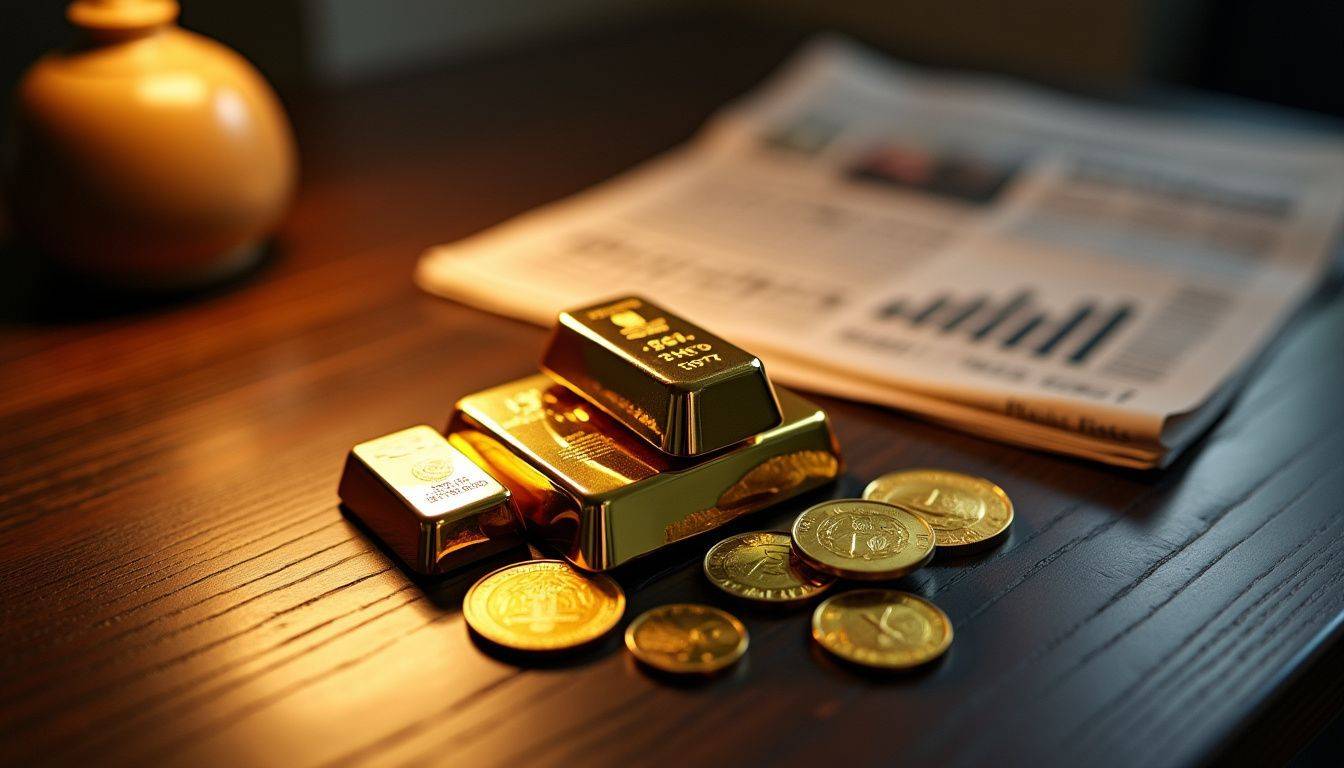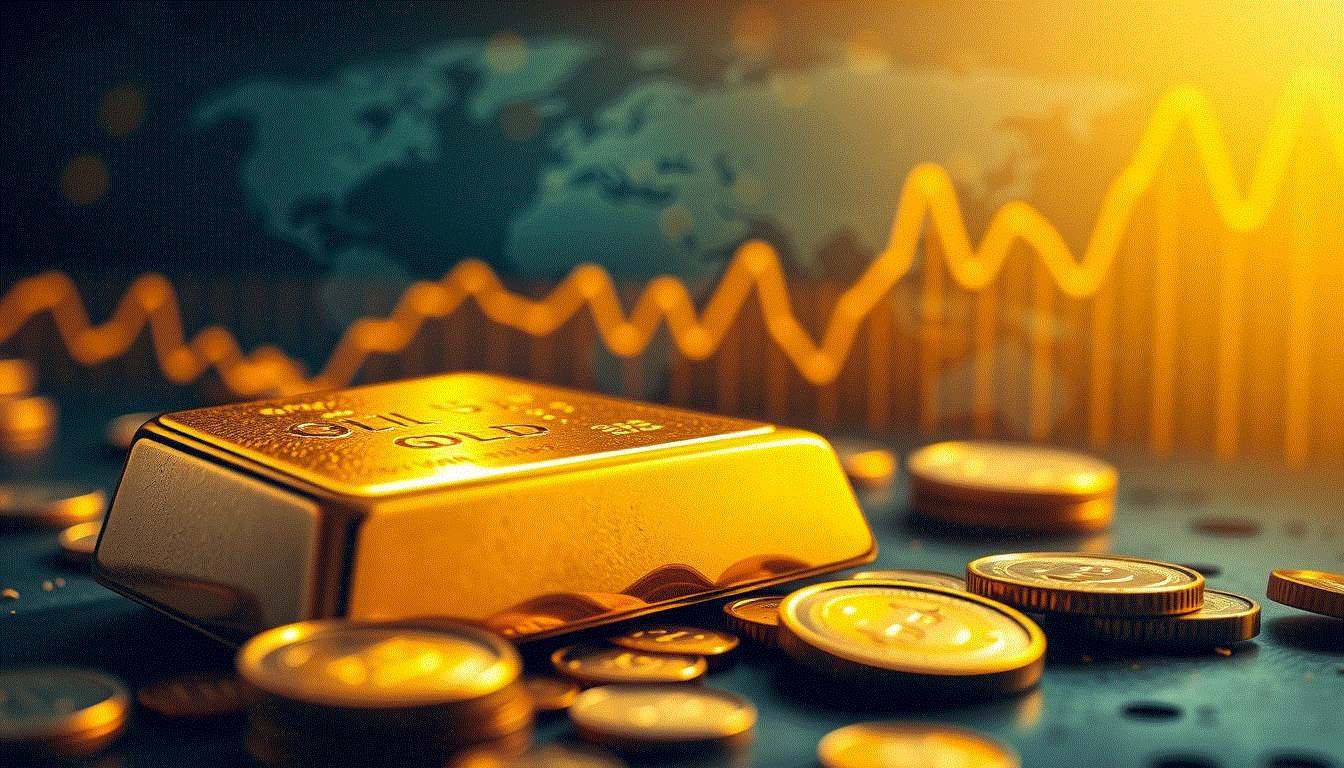Are you looking to grow your money but feeling stuck? You’re not alone. Many people find the idea of investing scary or confusing. But what if I told you there’s a shiny option that might just be the ticket to financial growth? Yes, we’re talking about gold.
This precious metal has been a symbol of wealth for centuries.
Here’s a fact: The price of gold changes every day and keeping an eye on it can really pay off. Our blog is going to show you how current gold rates can help you make smart moves with your money.
From buying bars or coins to adding some sparkle to your investment portfolio with gold stocks or ETFs, we’ve got the insights you need. Ready to shine brighter with your investments? Keep reading!
Current Trends in Gold Prices

Gold prices are on a roller coaster! They’ve hit recent highs, showing us folks are turning to gold during uncertain times. Comparing today’s numbers with the past is like looking at two different worlds – gold has sure come a long way.
Recent highs and what they signify
Gold prices hitting recent highs is a big deal. It shows that investors are worried about the world’s money situation. They think gold is a safe place for their cash when things look shaky.
The high prices also tell us that people expect inflation to go up. When the cost of living goes up, gold usually does too.
Gold is where savvy investors put their trust in uncertain times.
This rise says a lot about what’s happening around the globe, like fights between countries and worries over how fast economies can grow after tough times. So, when you see gold’s price jump, it means many are playing it safe and expecting tougher days ahead or betting on costs going higher across the board.
Comparisons to historical gold rates
We are comparing historical gold rates to those of today. This comparison offers traders and investors a clearer perspective for making informed decisions.
| Year | Historical Gold Rate | Today’s Rate |
|---|---|---|
| 2000 | $273.60 | Check the latest |
| 2010 | $1,224.53 | |
| 2015 | $1,060.20 | |
| 2020 | $1,770.60 | |
| 2021 | $1,800.65 |
Understanding these figures clarifies why gold remains a preferred option for wealth growth. The significant increase from 2000 to 2020 suggests that gold investments can be fruitful.
Specialists assessing these trends believe that historical patterns provide insights into future movements. They predict future gold prices based on historical data.
With this knowledge, making investment choices becomes more straightforward. For instance, one might observe that gold prices often rise during global uncertainties and consider purchasing gold in anticipation of further increases.
Monitoring these historical comparisons can contribute to more effective investment strategies and potentially greater profits.
Factors Driving Gold Prices Today

Right now, things like country fights and money value changes push gold prices up or down. Plus, how the economy is doing can make a big difference too.
Geopolitical tensions and their impact Geopolitical events shake the world and gold prices feel it. Think about when two countries argue or fight, or when there’s a big change in government policies that might scare people.
These moments make investors nervous. So, they run to buy gold because it’s seen as a safe place to keep their money during tough times. This demand pushes up gold prices.
Market experts keep an eye on these tensions every day. They know how much different events can move gold rates up or down. This is key for traders and investors who want to make smart moves in the market.
By understanding this dance between geopolitical risks and gold, you can better plan your next investment step.
In moments of global uncertainty, turning to gold isn’t just tradition – it’s strategy.
Inflation rates and economic indicators
Moving from geopolitical unrest, it’s clear that inflation and economic signs also play big roles in gold trading. Think of them as the weather report for finances. High inflation often means higher gold prices.
Why? Because people buy more gold when their money buys less.
Forex changes, oil swings, and stock market moves can all push gold prices up or down. Experts watching these trends can offer tips on when to buy or sell gold. Their daily updates help traders use changes in inflation and the economy to make smart choices.
Investment Strategies with Gold
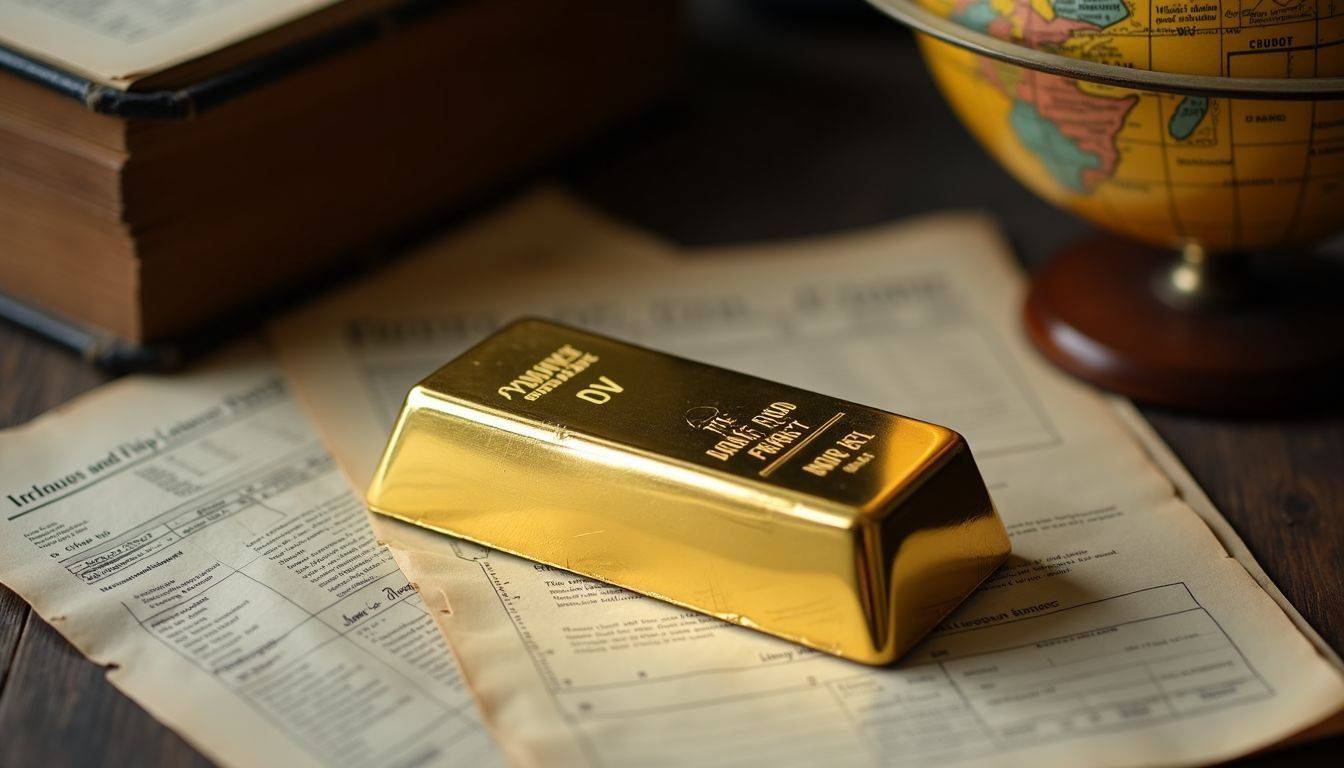
Thinking about adding some shine to your investment mix? Gold might be the ticket. It’s not just for fancy jewelry – investors love it too. You can sprinkle gold into your collection of assets to make things more interesting and, quite possibly, safer.
And if prices start to jump because the world gets shaky or money buys less, gold could be like a financial lifeboat.
So, how do you get started with gold? There are a lot of ways. You could buy pieces of paper that say you own some gold sitting in a vault somewhere (those are called mutual funds or ETFs).
Or go old-school and actually buy bars or coins (though finding a place for them under your bed might get tough). It’s kind of like choosing between streaming movies or owning DVDs – both have their moments.
Either way, mixing gold into where you put your money can help keep things steady when other investments might be doing cartwheels.
Diversifying portfolios with gold
Putting gold into your mix of investments can make your money safer. This is because gold often does the opposite of other investments like stocks or bonds. When the economy gets shaky, gold prices usually go up.
This makes it a good safety net against losses in other parts of your portfolio.
Gold acts as a shield against inflation too. Over time, the value of money goes down because things get more expensive. But gold keeps its value well over the years. Investment options like gold ETFs and mutual funds let you add gold to your portfolio without needing to keep physical bars or coins.
Next up, let’s talk about using gold to protect against rising prices.
Using gold as a hedge against inflation
Gold keeps its value when prices go up. It’s like a shield for your money. If you have gold, you won’t lose out when things cost more. Many folks mix gold with other investments in their portfolios to guard against sudden price jumps.
For example, buying gold exchange-traded funds (ETFs) or bullion means you own something real that can balance risks from stocks or bonds. When inflation hits and the value of money drops, your gold stands strong, helping keep your portfolio safe and sound.
Analyzing Gold Investment Vehicles

Looking into gold investment methods? We’ve got ETFs and mutual funds that pack a punch, not to mention stocks tied to those companies digging up the precious metal. Get ready for a rollercoaster as we explore the ups and downs of each option.
Benefits of gold ETFs and mutual funds
Gold ETFs and mutual funds make investing in gold easy and less costly. These options let you put money into gold without having to deal with the hassle of keeping physical bars or coins safe.
They also cost less in fees than buying real gold does. You can sell or buy these investments on stock markets quickly, giving you the chance to react fast to changes in gold prices.
Investing in gold through ETFs and mutual funds offers a mix of safety, cost efficiency, and ease not found in physical gold.
These investments spread your risk by putting your money into a variety of assets. This way, if one investment does poorly, others might do well, balancing things out. Plus, experts manage these funds for you, using their knowledge to try making more money from your investment.
So, choosing ETFs or mutual funds means getting exposure to the rewarding world of gold investing while enjoying peace of mind over storage worries.
Pros and cons of investing in gold stocks
Investing in gold stocks can be a smart move. These stocks let you own a portion of gold mining companies. If the price of gold increases, typically your stock value does as well. This feels like a double advantage—you’re part of the equity markets and equally linked to the gold’s performance.
Yet, there are downsides too. Gold stocks can be risky. They hinge on mining operations that may face difficulties—from workers’ strikes to abrupt changes in government regulations.
Moreover, their prices don’t always align with gold itself but can fluctuate based on investor sentiment towards the stock market or the company itself. So even though it seems favorable when gold prices rise, consider these stocks need careful monitoring as they may not consistently behave in the same way.
Making Smart Investment Decisions with Gold Prices Today
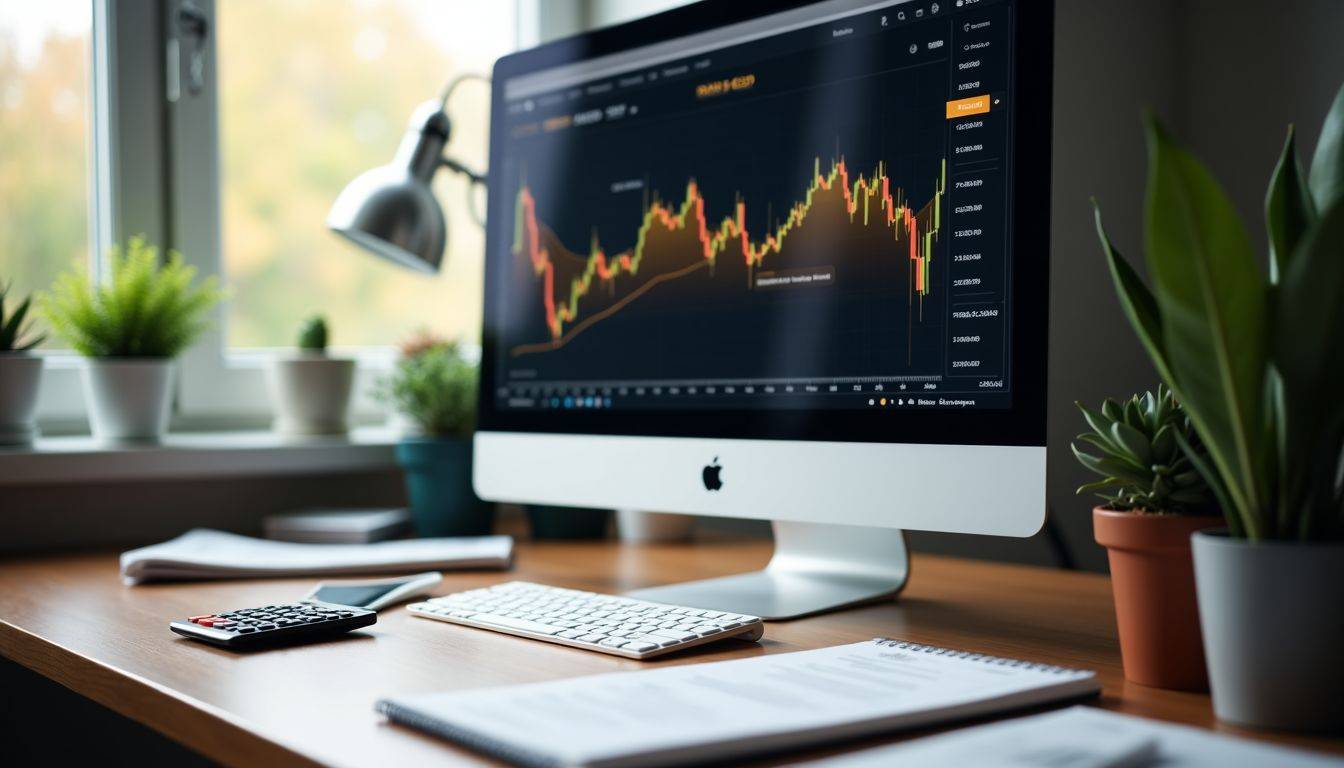
The gold market shifts every day. Prices go up and down based on many things like interest rates, global economic policies, and tensions between countries. Smart investors keep an eye on these changes to make good choices with their money.
They look at what experts say and watch the trends closely.
Investors use tools like gold funds and mining company stocks to put money into gold without buying physical bars. Gold ETFs (exchange-traded funds) let people invest in gold’s current price without holding it.
This way, they can protect against losses when prices of other investments fall due to inflation or economic worries. Making smart moves in today’s gold market means staying informed and ready to act quickly.
The Role of Gold in Modern Financial Systems

Gold plays a big role in today’s money world. It helps keep things steady when markets go wild or prices jump up. Central banks and the U.S. dollar also get a big say in how gold moves.
So, keeping an eye on gold can be smart for growing your cash pile.
Gold as a safe-haven asset
In times of economic uncertainty, people often turn to gold. This metal keeps its value well, even when other investments drop. For instance, during the Great Recession of 2008 and the recent COVID-19 pandemic, gold prices went up because investors saw it as a shield against financial trouble.
It’s like a safe zone where your wealth can hide from market storms.
Gold also fights inflation and currency risks. When prices go up or money values fall, gold stands strong. Central banks around the world hold onto this shiny asset to manage their country’s economic health better.
So, if you’re worried about losing money in tough times, think about adding some gold to your mix. It might just be the safety net you need.
Influence of central banks on gold prices
Moving from gold as a safe place to put your money, let’s talk about how big banks play a big part in gold prices. Big banks buy and sell a lot of gold. This can make the price of gold go up or down.
They do this for many reasons, but one big reason is to keep their money safe during hard times.
Big banks’ choices can change how people feel about gold. If a bank buys a lot of gold, it might make more people want to buy it too. Their actions show us if they think prices will go up or down in the future.
Also, these banks look at things like how much things cost (inflation) and what’s happening around the world (geopolitical tensions). All this info helps them decide when to buy or sell gold.
Gold is special because its price might not move with other investments like stocks or bonds. Instead, interest rates set by these central institutions have a strong link with the cost of precious metal bars and coins.
So keeping an eye on what these massive players are doing gives traders and investors clues about where gold prices might be headed next!
Future Projections for Gold Prices

Looking ahead, experts see gold’s value possibly swinging up and down. Factors like global money trends and big world events will play a huge role.
Expert forecasts for the next five years
Experts have a lot to say about gold prices in the next five years. They look at many things like global economy, demand for jewelry, and how much countries keep as reserves. Many think the price of gold will go up.
This is because they see issues like more people wanting gold and not enough being mined.
They also talk about risks in markets around the world that could make gold even more popular as a safe place to put money. Tools like futures contracts help them guess these changes.
Also, big groups buying lots of gold can affect prices too. So, if you’re thinking about putting some cash in gold, these forecasts are key to watch.
Impact of global economic policies
Continuing the discussion after considering the opinions of experts on the future of gold, let’s explore how international economic policies can create considerable changes. Governmental choices globally significantly influence the fluctuation of gold prices.
Consider it as a massive balance beam. On one end, nations are adjusting their interest rates or increasing their currency production, while on the opposite side, gold prices react to these alterations.
Visualize this situation: if a nation opts to reduce its interest rates, individuals start to question the advantages of holding cash. As a result, they turn their attention to gold.
What’s the reason? Because it appears to be more secure and does not depreciate like a currency that becomes devalued due to excessive production. This shift can solely trigger an increase in gold prices.
Currency value is also a significant factor here. If the US dollar decreases in value—perhaps due to a new policy—the sudden necessity for stable assets escalates the demand for gold, pushing its price up once more.
Economic policies are impactful on a global scale; they generate effects throughout global markets influencing numerous elements from stocks to exchange rates and supply chains—all crucial aspects in keeping track of your investments.
So, the next time news about a significant economic decision by central banks or changing inflationary pressures emerges—be alert! These indicators could assist in forecasting the future direction of gold prices.
Utilizing Gold for Financial Growth

Thinking smart about gold can lead to your money growing. Knowing when to buy or sell this shiny metal makes all the difference.
Strategic buying and selling of gold
Today’s gold rates are key for smart investment choices. Using today’s prices can lead to better financial growth. Here’s how:
- Keep an eye on daily market updates. These tell you when gold prices change.
- Follow expert insights. They know how things like Forex and Bitcoin might affect gold.
- Look at market trends before you buy or sell gold. This helps guess where prices might go.
- Use Gold ETFs for easier trading without real gold bars.
- Consider diversifying with gold stocks, but know they can be risky.
- Buy during downturns when prices drop, aiming to sell high later.
- Hedge against inflation by holding onto some gold in your portfolio.
- Watch for signs of geopolitical tensions that often make gold prices rise.
- Sell some when there’s a sudden spike due to crises, banking on short-term gains.
- Keep learning from blogs and YouTube channels focused on trading and investments.
Gold isn’t just a metal; it’s a wise part of a broad investment strategy aiming at both safety and growth opportunities amid market changes.
Leveraging gold investments in market downturns
Gold shines in tough times. Market crashes scare many, but smart traders see a chance. They turn to gold as a safe haven. Why? Because when stocks fall, gold often goes up. This makes gold a hedge against inflation and crashes.
You’ve heard of diversification, right? Well, adding gold to your portfolio does just that. It mixes things up and lowers risk.
Experts keep an eye on trends and updates daily. They know how Gold, Bitcoin, and oil move in the market downturns. Using this insight helps traders like you make better choices with gold at today’s rates.
So let’s say the market looks shaky; maybe it’s time to buy more gold or even look into gold ETFs (Exchange-Traded Funds) or mutual funds focused on miners and jewelers who handle bullion—this strategy has helped many stay steady when everything else is uncertain.
Conclusion
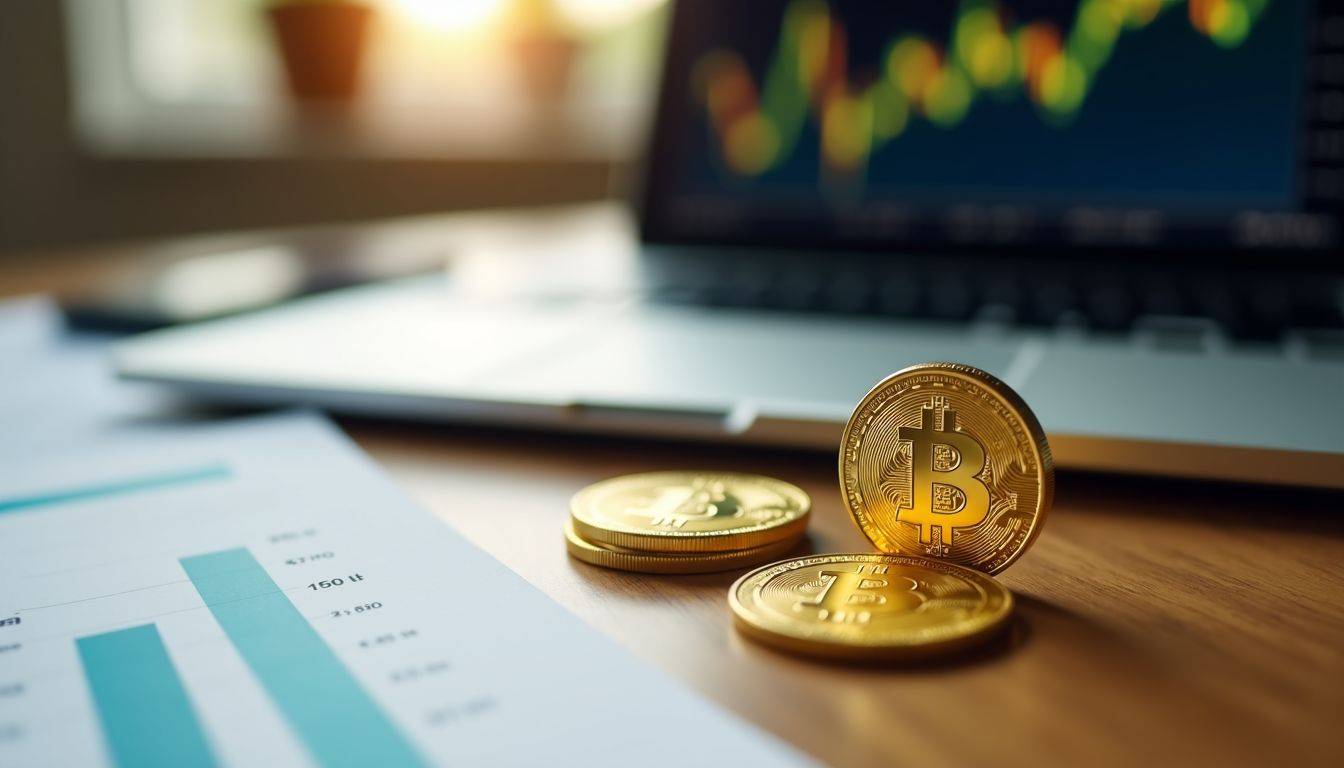
Keeping up with today’s gold rate can lead to big wins in your money game. We saw how trends, factors, and smart moves play their parts. Think about adding some shine to your portfolio with gold.
It’s not hard or complex to start. Are you ready to make your investments work harder for you? Check out more tips online or watch some helpful videos. Take a step today for brighter financial days ahead!
FAQs
1. What’s the deal with gold as an investment for financial growth?
Gold, my friend, is a classic asset class that many investors turn to for portfolio diversification and risk management. You see, it can act as a hedge against inflationary expectations and even currency exchange fluctuations.
2. How does today’s gold rate affect my investments?
Well, think of it this way – if you’ve got some gold bullion or securities in your portfolio (maybe from companies like Centerra Gold Inc., Thompson Creek Metals Company Inc., or Barrick Gold Corporation), changes in the global supply chains or market sentiment could impact their value…and not always in a bad way!
3. Can I use gold to protect against financial risks during crises?
Absolutely! During times of economic uncertainty – say, the dot-com bubble burst, European debt crisis or energy crises – people tend to get pretty bullish on “safe” liquid assets like gold. It’s often seen as a reliable hedging tool.
4. Are there any downsides to investing in gold?
Sure thing! Just like short selling equities or futures contracts based on the S&P 500 index has its risks; so, does putting all your eggs into one golden basket…or should I say vault?! Diversification benefits are key here.
5. How do supply and demand factors influence today’s gold rate?
Great question! Factors such as jewelry demand (who doesn’t love bling?), oil prices affecting mining costs and foreign exchange rates can all play a part in determining the price of our shiny friend – just ask anyone at World Gold Council!
6. So how exactly do I harness financial growth through today’s gold rate?
Well now we’re talking strategy! By keeping an eye on trends (like accumulation of gold) and using forward contracts wisely for leverage while employing smart hedging strategies…you might just strike it rich!

